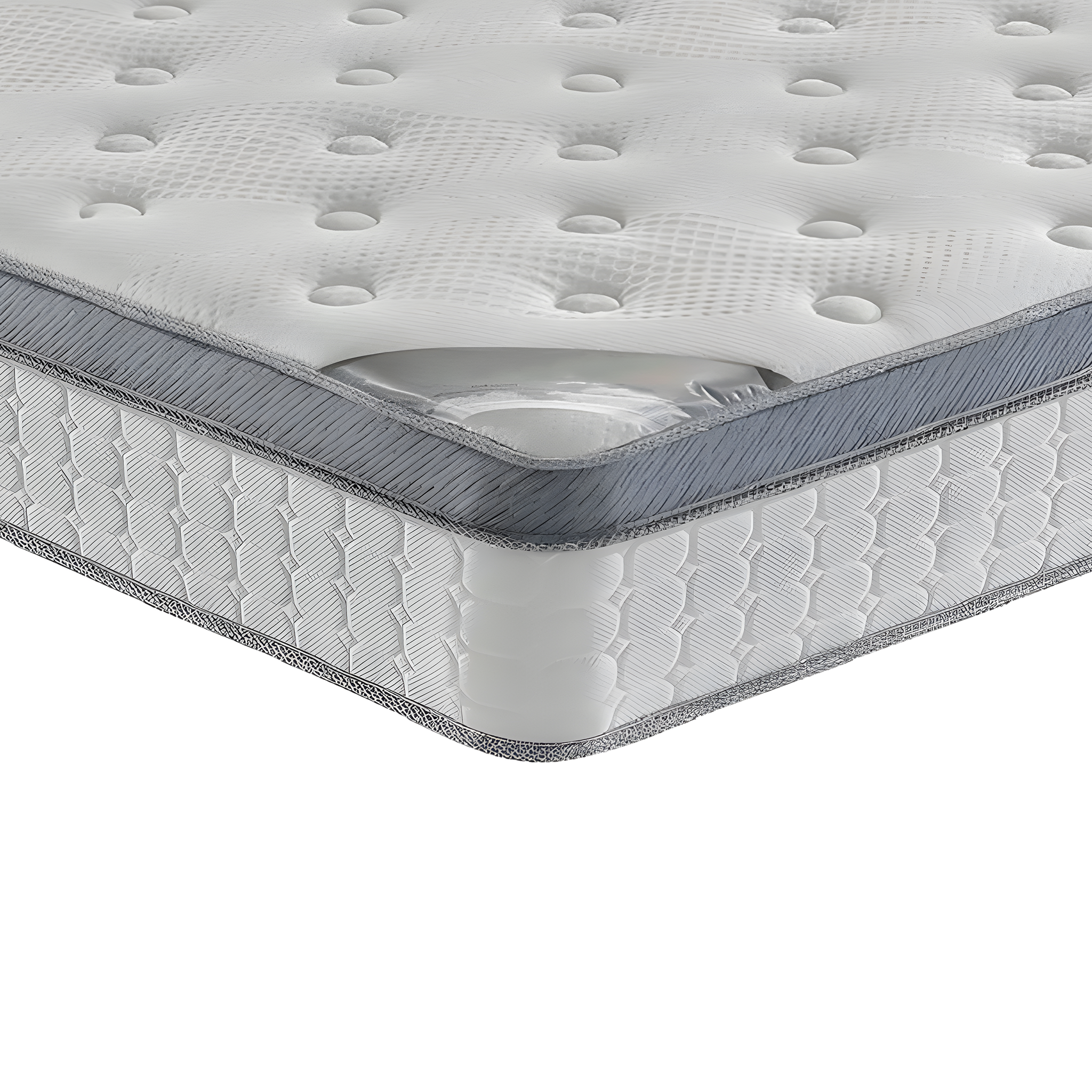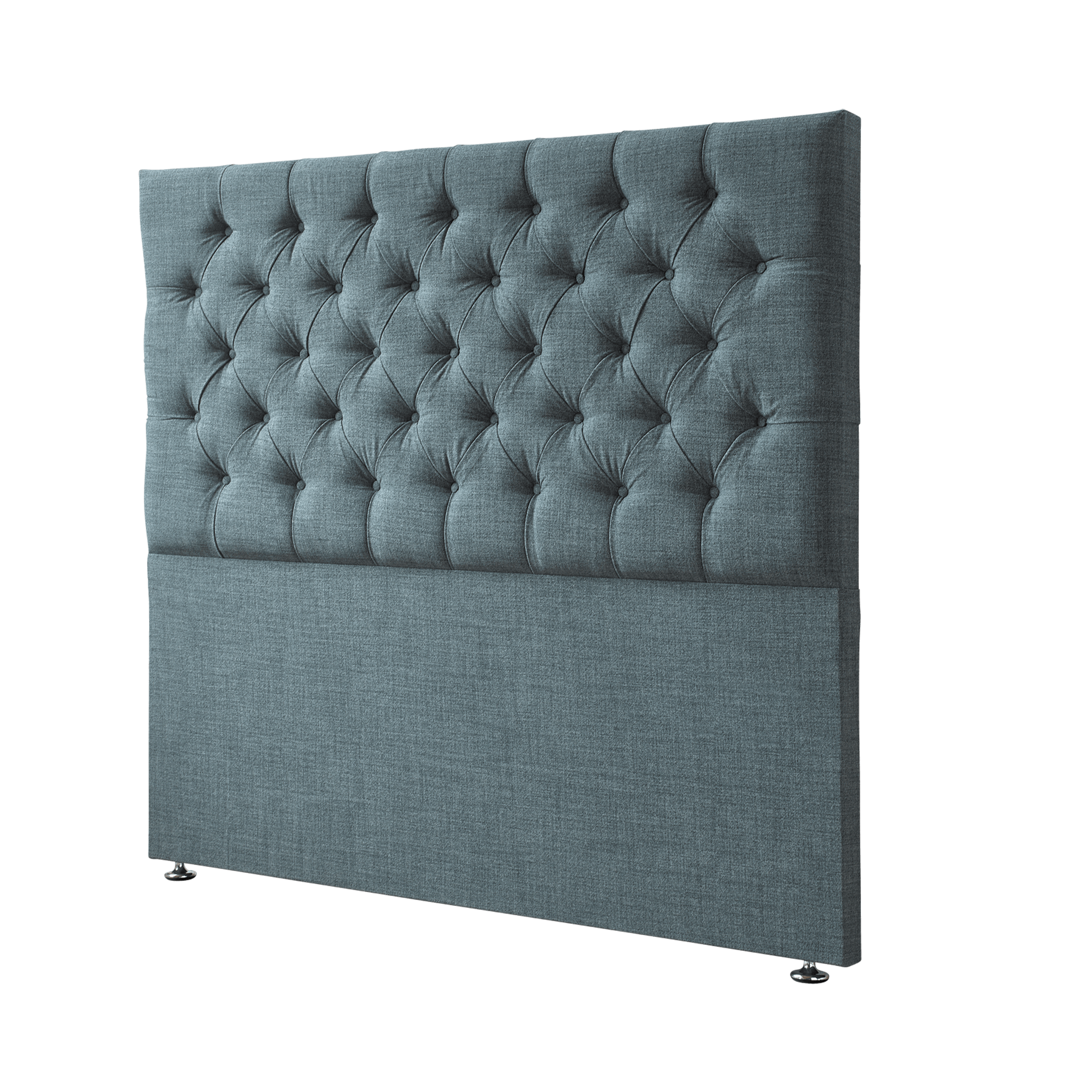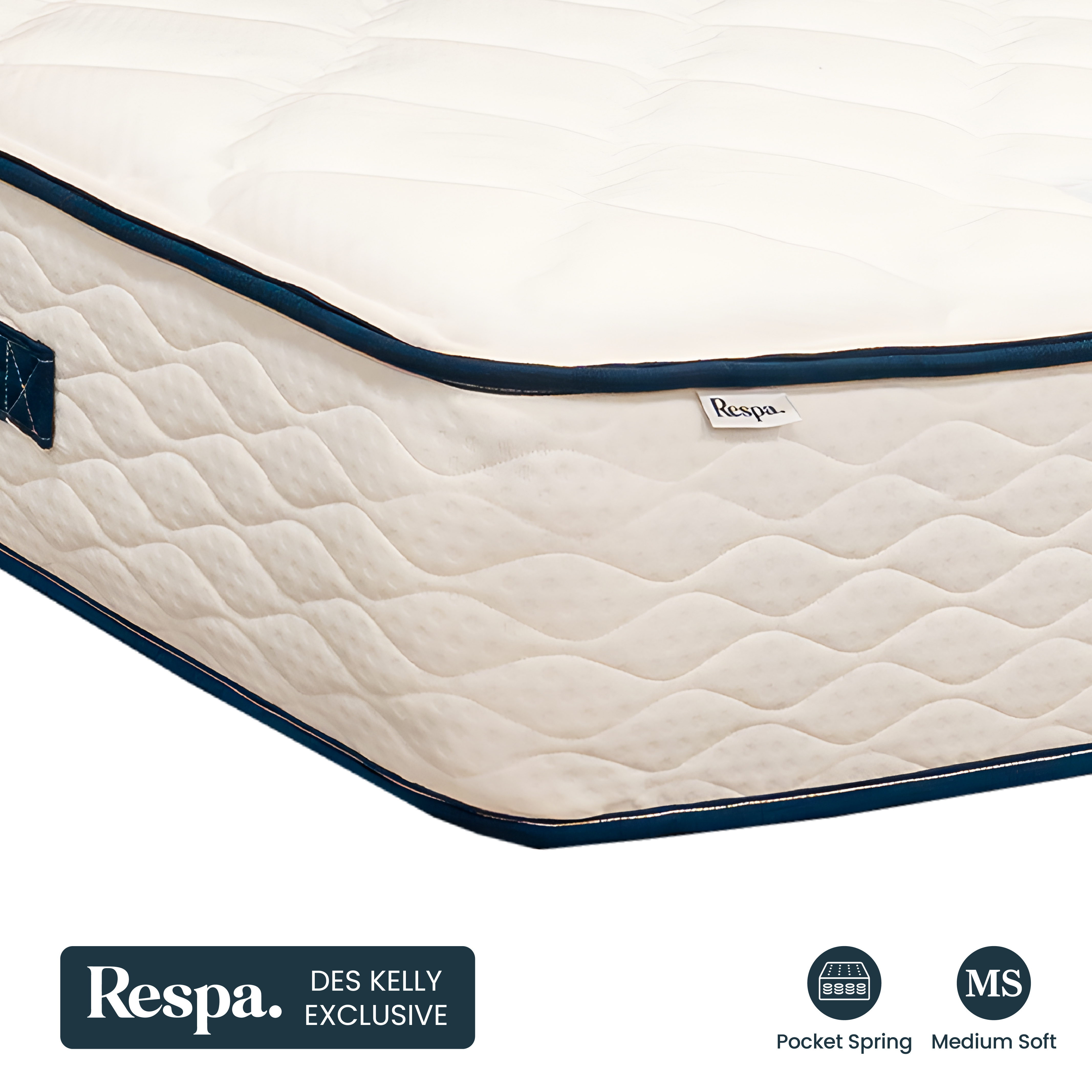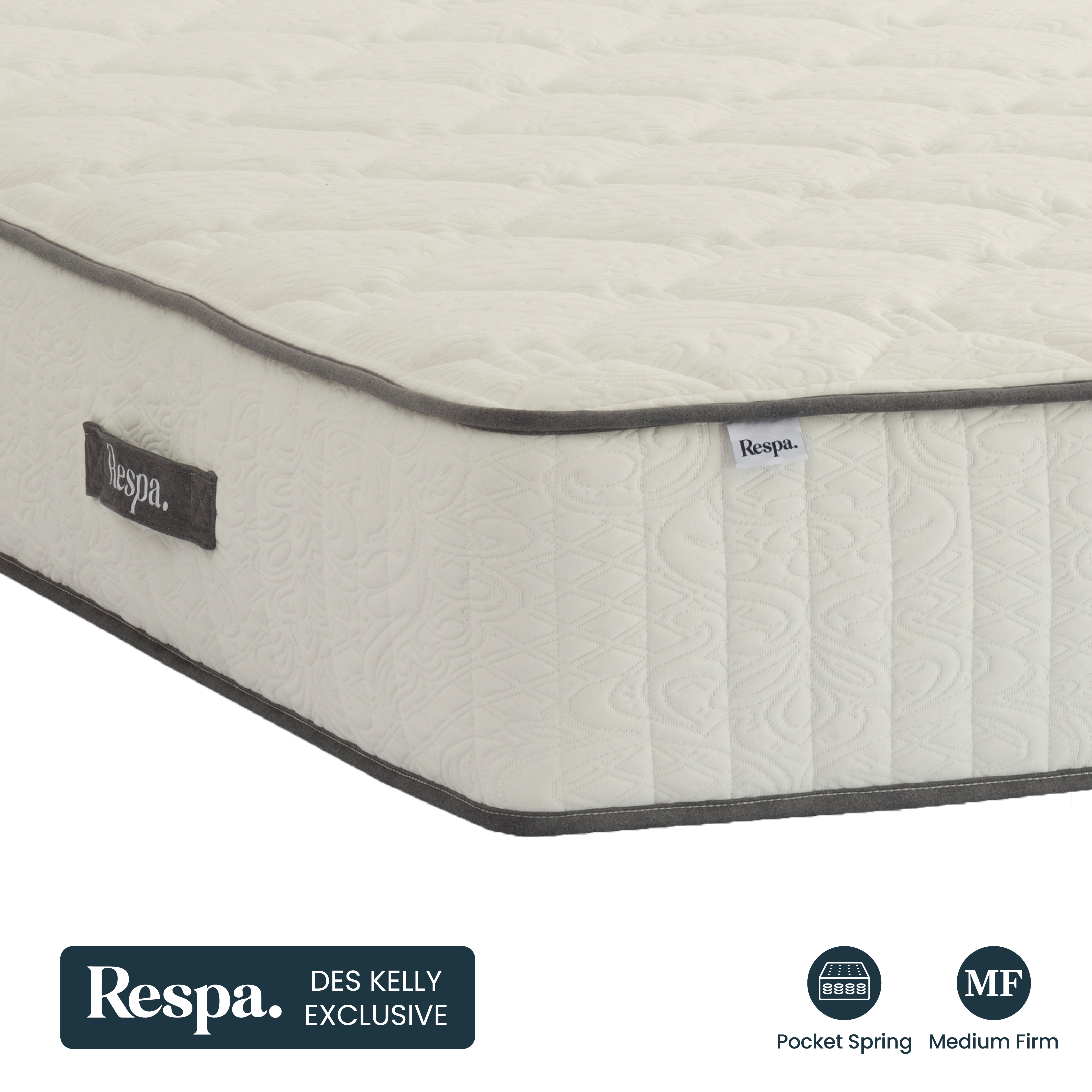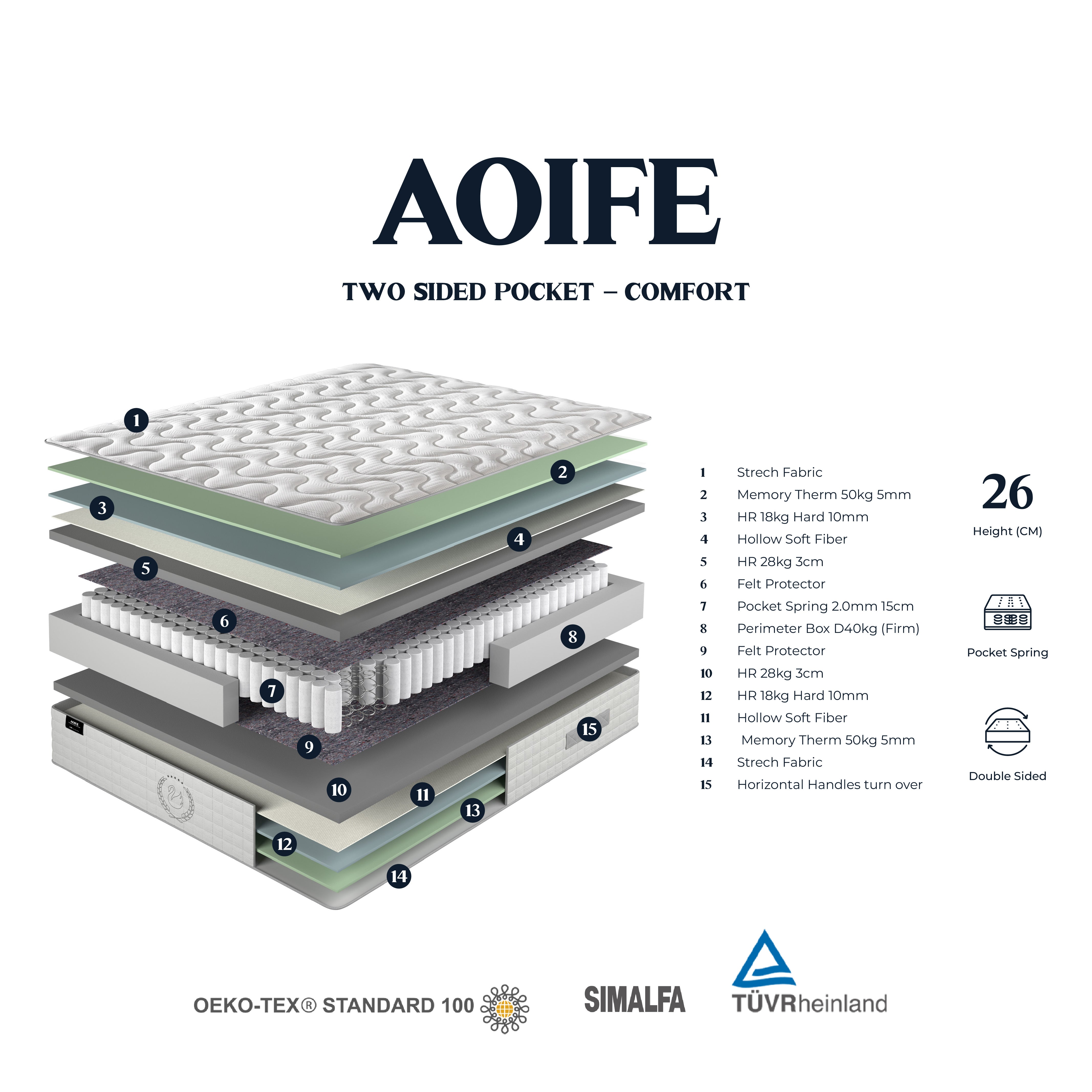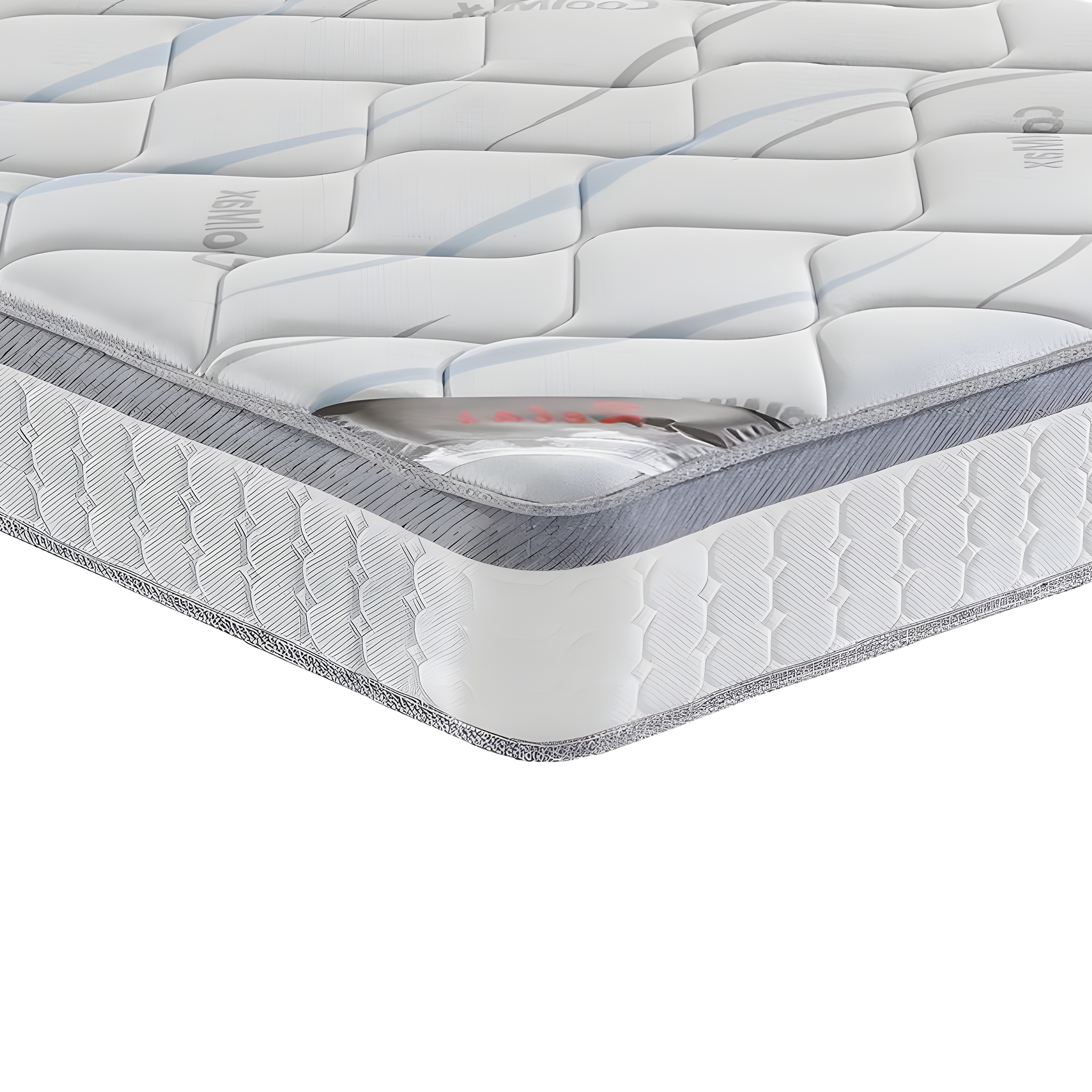
7 Signs You Need to Replace Your Mattress
Is It Time for a New Mattress?
If your mattress is over 7 years old, visibly sagging, or leaving you sore in the morning, it’s probably time to replace it. This guide breaks down the 7 key signs to watch for and offers practical advice on choosing the right type, whether you need memory foam, pocket-sprung, or orthopaedic support.
How to Know If It’s Time to Replace Your Mattress
Tossing and turning through the night? Struggling to get comfortable, no matter how you sleep?
Your mattress could be the culprit.
Even high-quality mattresses have a lifespan. Most begin to lose support and comfort after seven to ten years and some much sooner depending on usage and care. In Irish homes, especially with our damp winters and variable heating, mattresses can wear down more quickly than you’d expect.
But how do you know when it’s really time to replace it?
In this guide, we’ll walk you through seven signs that your mattress may be holding you back from a better night’s sleep. You’ll also learn what affects mattress lifespan, how to tell if your mattress still has some life left, and what to consider when looking for a replacement whether that’s memory foam, pocket-sprung, orthopaedic, or something in between.
Better sleep starts with understanding what your body truly needs. Let’s dive in.

How Long Does a Mattress Last?
One of the most common questions people ask is: How long should a mattress actually last?
That depends on a few things including what it’s made of, how often it’s used, and how well you care for it.
On average, a memory foam mattress lasts between six to ten years, while pocket-sprung mattresses typically hold up for around seven to ten. Orthopaedic options are built for durability and can often stretch to twelve years or more. Hybrid models, which combine springs and foam, usually fall somewhere in the middle.
Humidity and poor ventilation can be issues in some Irish homes, these can accelerate wear, especially by encouraging mould and mildew. Add in daily use, heavier body weight, or certain sleep positions, and you might find yourself shopping for a new mattress sooner than expected.
Regular rotation, airing out your mattress, and using a mattress protector can all help extend its life.
This quick visual reference outlines how long each mattress type typically lasts and highlights the key features that affect durability and comfort. It’s a handy guide to help you understand what kind of mattress may best suit your sleep style and lifestyle.

7 Signs It's Time for a New Mattress
Sleep quality across Ireland is on the decline. A 2024 report from the Department of Health found that only 72.1% of people rated their sleep as “fairly good” or better, down from 75.9% just five years prior.
While stress and screens can play a role, a worn-out mattress is often an overlooked factor in poor sleep. Here are seven signs your bed may be past its best.
1. Your Mattress Is Visibly Sagging
If there are noticeable dips or impressions especially more than 1.5 inches deep it’s a sign your mattress is no longer supporting you properly. Sagging can throw your spine out of alignment, leading to restless nights and morning stiffness.
2. You Wake Up Sore or Stiff
A mattress that’s lost its ability to cushion pressure points can leave you waking up with aches, especially in your lower back, shoulders, or hips. If your sleep feels more exhausting than restorative, the mattress might be to blame.
3. It’s Over 7 Years Old
Even if it looks fine on the surface, most mattresses begin to degrade internally after several years. Support layers break down quietly, often leading to reduced comfort and disrupted sleep long before you see any outward signs.
4. Allergy or Asthma Symptoms Are Worsening
Old mattresses tend to trap allergens like dust mites, mould spores, and pet dander (skin flakes from pets). If you find yourself sneezing more at night or waking up with congestion, your mattress may be affecting your air quality and your rest.
5. You Sleep Better Elsewhere
If you consistently sleep better in a hotel, at a friend’s house, or even on the sofa, it’s worth questioning whether your mattress at home is doing its job. Comfort is personal, but your own bed should be your most restful place.
6. It Feels Lumpy, Uneven or Noisy
A mattress that squeaks, creaks, or has lumps and bumps under the surface has likely lost its structural integrity. Over time, springs can shift or break, and foam can compress unevenly leading to a very uncomfortable sleep.
7. You’re Waking Each Other Up
If your partner’s movements disturb your sleep or vice versa your mattress may lack proper motion isolation. Modern memory foam and pocket-sprung designs are much better at absorbing movement, giving both sleepers a more peaceful night.

What Shortens a Mattresses Lifespan?
Several factors can wear down even the best mattress ahead of schedule:
- Heavier sleepers compress materials faster
- Side sleepers tend to create deeper wear zones
- Frequent use every night speeds up deterioration
- Neglecting care like rotation or using no mattress protector
In Ireland, climate matters too. Poor ventilation and high humidity can lead to moisture build-up inside the mattress, especially in older homes or smaller rooms.
A bit of maintenance goes a long way. Regularly rotating your mattress, using a breathable protector, and letting it air out from time to time will help preserve comfort and hygiene.
Does Your Mattress Still Has Life Left in It?
Not every worn-looking mattress needs to be replaced straight away.
If you’re not waking up sore, your sleep quality is steady, and the surface still feels supportive, it might still serve you well. You can often extend its comfort by rotating it or using a quality mattress topper however, toppers are more of a short-term comfort boost than a fix for deeper structural issues.
Trust how your body feels when you wake up. That’s your best guide.

Des Kelly Interiors – Your Sleep Experts
Recognising the signs of a worn-out mattress is the first step, choosing the right replacement is the next.
If your mattress is sagging, causing aches, or simply past its best, it’s time to find one that suits how you sleep:
- Back pain? An orthopaedic mattress offers firm, targeted support to align your spine.
- Side sleeper? Memory foam cushions pressure points like your shoulders and hips.
- Sharing a bed? Pocket-sprung mattresses reduce motion transfer, so both sleepers rest easier.
At Des Kelly Interiors, we offer a wide range of memory foam, pocket-sprung, and orthopaedic mattresses, all suited to Irish homes and designed to help you sleep better, for longer.
Visit a Des Kelly Interiors showroom or shop our full mattress range today. Our in-store sleep experts are here to help you find the perfect fit.
Now that you know the signs, take the next step toward better sleep.

Frequently Asked Questions
How often should I change my mattress?
You should change your mattress approximately every 7 to 10 years. Over time, even high-quality mattresses lose their ability to support your body properly. As the materials break down, you may begin to experience issues like back pain, poor sleep quality, and increased allergens. The exact replacement timeline can vary depending on mattress type, body weight, and usage habits. If your mattress is over 7 years old and you're waking up sore or tired, it’s likely time for a replacement.
Can a mattress topper extend my mattress's life?
A mattress topper can extend the comfort of your mattress but won’t fix serious structural issues like sagging or loss of support. Toppers are great for adding softness or pressure relief and can help reduce wear on the top layers of the mattress. However, if your mattress is already lumpy, noisy, or causing pain, a topper will only mask the problem temporarily. In such cases, replacing the mattress is a better long-term solution.
What's the best way to test if my mattress needs replacing?
To test if your mattress needs replacing, check for signs like visible sagging, lumps, or indentations deeper than 1.5 inches. Evaluate how you feel when you wake up. If you experience stiffness, aches, or fatigue, your mattress may no longer be providing adequate support. Another quick test is the “hotel comparison”: if you sleep noticeably better on other beds, your mattress at home may be the issue. Trust how your body feels after a night’s sleep.
How do I know if my back pain is caused by my mattress?
You can tell if your mattress is causing back pain by assessing when and where the pain occurs. If your pain is worst in the morning but improves as the day goes on, your mattress may be the culprit. An unsupportive or sagging mattress can misalign your spine, putting strain on muscles and joints. Sleeping on a different mattress, for example, at a hotel and waking up pain-free is a strong indicator that your current mattress is contributing to your discomfort.
Is it worth repairing a mattress instead of replacing it?
In most cases, it’s not worth repairing a worn-out mattress, especially if it has sagging, broken springs, or a collapsed core. While small issues like loose stitching or a broken zipper can be fixed, major structural problems usually signal that the mattress has reached the end of its life. Investing in a new mattress ensures proper support and better sleep quality. Repairs may only be a short-term fix and could end up costing more in the long run.




